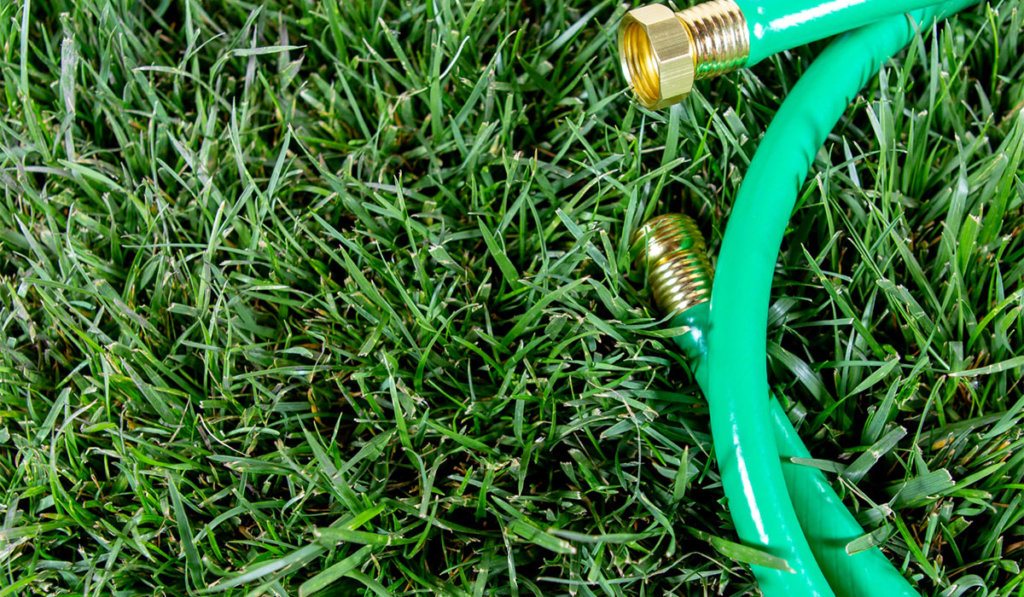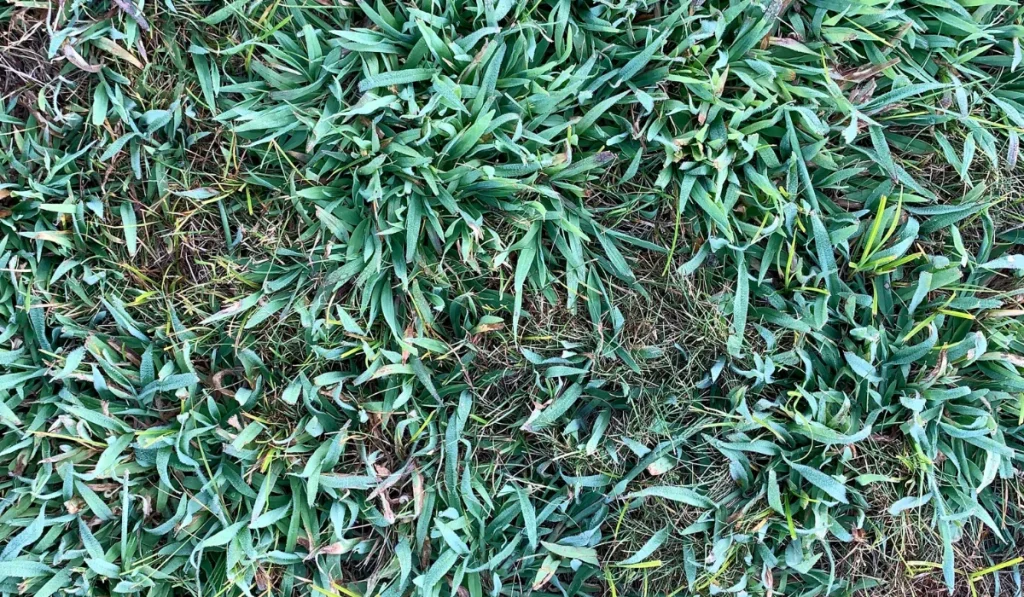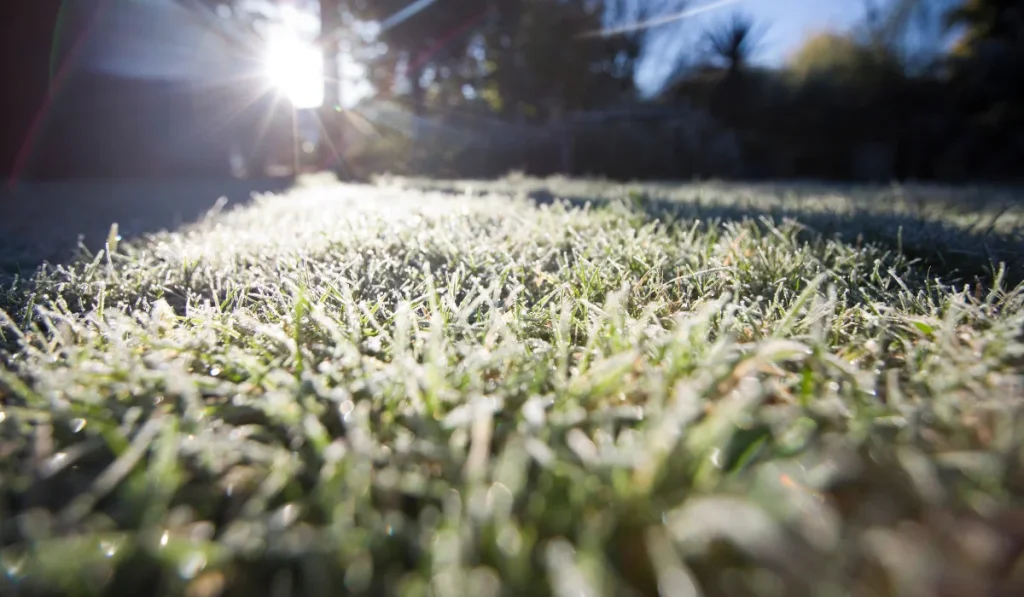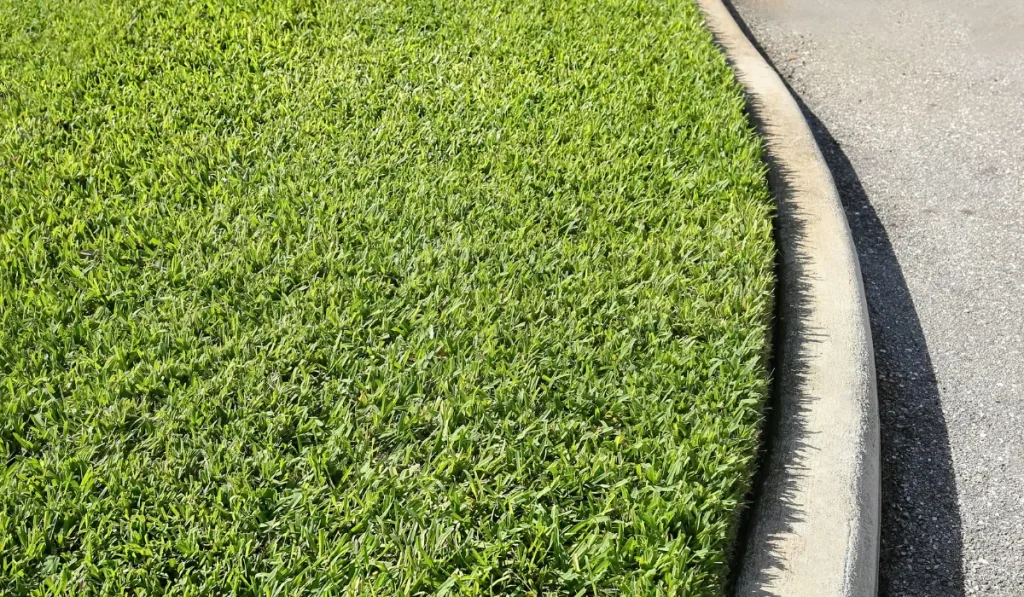Choosing the best sod for high-traffic areas can be a game-changer for maintaining a resilient lawn. Bermuda grass stands out in high-traffic zones due to its durability and ability to withstand heavy foot traffic.
Interested in finding other ideal sods to keep your lawn looking great no matter the foot traffic it endures? Keep reading to discover more about the best sod for high traffic and how to maintain them.
Key Takeaways
- Bermuda, St. Augustine, and Tall Fescue are some of the ideal grasses for high-traffic areas.
- Choosing the right grass depends on the climate, maintenance preferences, sun exposure, and desired lawn appearance.
- Proper installation, including soil preparation and strategic laying, is essential for establishing a healthy, durable lawn.
- Maintaining a healthy lawn in high-traffic areas requires regular mowing, deep watering, and annual aeration.
Top Sod Choices for High Traffic Areas
Choosing the best type of grass for high-traffic areas is crucial for maintaining a durable and lush lawn. Here are some specific cultivars of grass that are bred for their robustness and ability to recover from wear.
Bermuda Grass
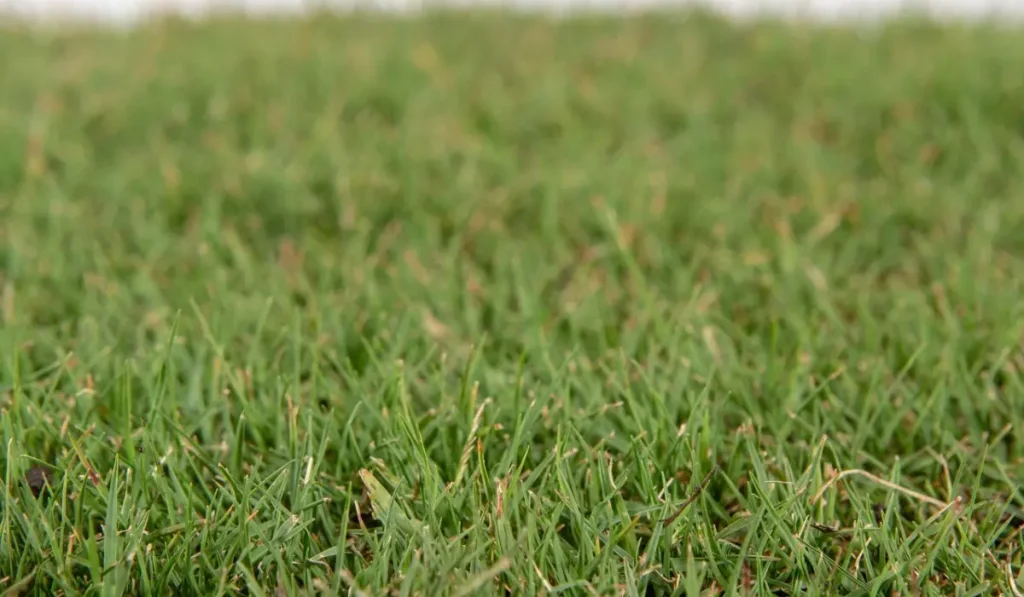
Bermuda grass excels in high-traffic areas thanks to its fast growth and robust root system. It is popular for sports fields and playgrounds because it quickly recovers from damage. Its dense turf forms a carpet-like appearance, making it aesthetically pleasing.
Due to its high traffic tolerance and ability to thrive in warm climates, this grass has become widely favored. However, it goes dormant in colder climates and turns brown.
St. Augustine Grass
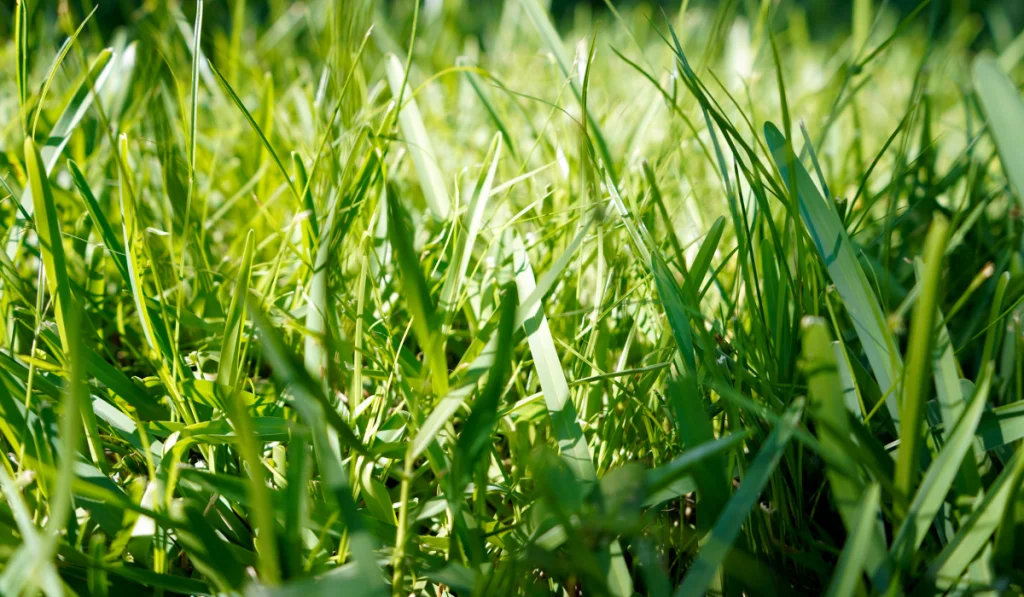
St. Augustine grass is known for its ability to flourish in warm, coastal environments. Its broad, flat blades create a dense mat that can choke out most weeds, providing a lush, uniform look.
This grass type is particularly shade-tolerant. This ability allows it to thrive even in areas with moderate tree coverage, where other grasses might struggle.
Despite its beauty and shade tolerance, this grass can be susceptible to certain pests and diseases, such as chinch bugs and gray leaf spots.
Tall Fescue
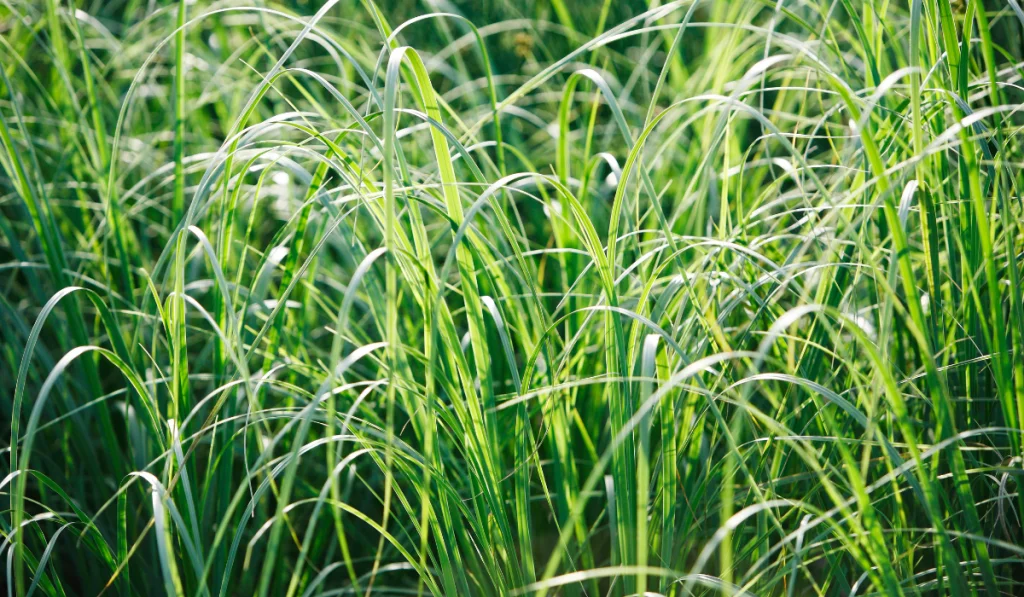
Tall Fescue is a cool-season grass that performs exceptionally well under high-traffic conditions. Its deep roots aid in drought resistance. Additionally, its tough blades offer hardiness that withstands the wear and tear from regular use.
Its adaptability to different soil types and climates makes it a versatile choice. It stays green most of the year, making it suitable for lawns and recreational areas. While this grass tolerates some shade, it performs best in areas receiving full sun.
What to Consider When Choosing Sod for High Traffic Areas
When selecting the right grass for high-traffic areas, you must weigh various factors depending on your needs.
Maintenance
The level of care and maintenance required for high-traffic sod varies by type. It includes regular mowing, aerating, and thatching.
Different sods come with different maintenance needs, such as:
| Maintenance | Description |
|---|---|
| Mowing Frequency | Some grasses need frequent mowing, while others need less. |
| Aeration Needs | Home lawns in high-traffic areas benefit from regular aeration. |
| Thatch Requirement | Regular dethatching might be necessary for certain turf types. |
| Watering Frequency | Most lawns may thrive with about one inch of water per week, delivered in one or two deep watering sessions. |
Sun Exposure
Grass requires different amounts of sunlight to flourish. For example, grasses like Bermuda and Zoysia need at least six hours of full sun to thrive. While certain ryegrass varieties can tolerate partial shade, full sun is ideal for most grasses.
Since not all lawn grasses can handle shady conditions, always check how much sunlight your turfgrass receives daily.
Climate Compatibility
Climate is a significant factor when choosing sod for high-traffic lawns. Since certain grasses thrive in specific climates, homeowners like you must consider your local weather conditions.
For instance, grasses have different growing seasons. Cool-season grasses perform well in northern regions, while warm-season grass is better suited for southern climates.
Can the grass survive the hottest and coldest weather? Note that some grasses are more tolerant of dry conditions.
Installation Tips for High-Traffic Sod
When installing and caring for a new sod in a high-traffic area, consider these tips for healthy growth.
- Aim for cooler months for installation whenever possible.
- Avoid grasses with soft textures prone to thinning, like fine fescues.
- Use a tiller or aerator to aerate well and reduce compaction.
- Clear rocks and debris to even out the surface.
- The ground should be a loose and dry surface when installing grass.
- Lay sod promptly in a staggered, brick-like pattern to prevent drying.
- Fit edges tightly without overlaps to eliminate gaps.
- Use a lawn roller to enhance soil contact and remove air pockets.
- Avoid heavy use initially to allow roots to settle.
- Regularly overseed to maintain density in high-traffic areas.
- Aerate yearly to alleviate compaction and support growth.
Long-Term Care Strategies for High-Traffic Sod
Managing high-traffic sod requires consistent attention to maintain its health and durability. Here are some key strategies to keep your new grass green:
- After roots are established, around 14 days, keep the grass at a 2-3 inches height with a sharp mower blade.
- Aim for deep, infrequent watering to promote drought tolerance and deep roots.
- Use a high-quality fertilizer with nutrients like nitrogen, phosphorus, and potassium to support a healthy lawn.
- Aerate the lawn at least once a year to help improve wear tolerance by allowing air, water, and nutrients to penetrate the soil.
- For lawns with heavy foot traffic, overseed with the best grass seed varieties like Bermuda to fill in worn areas and enhance shade tolerance.
- Use appropriate treatments to sustain disease resistance, address bare spots, and keep the lawn healthy.
- Where possible, give high-traffic areas a rest by setting up temporary barriers in frequently used zones.
